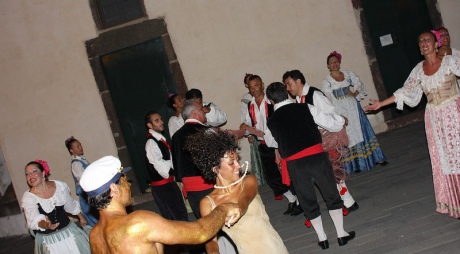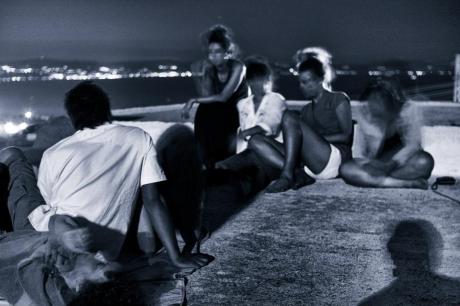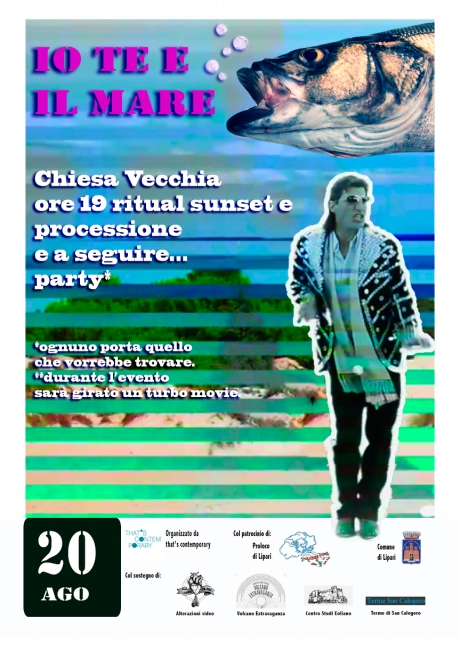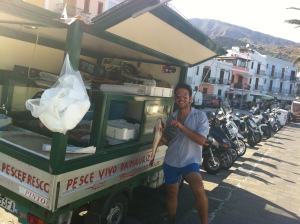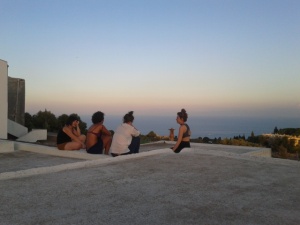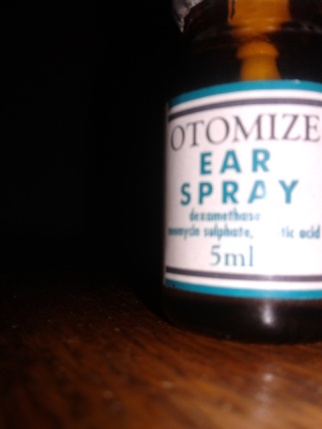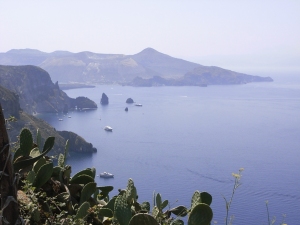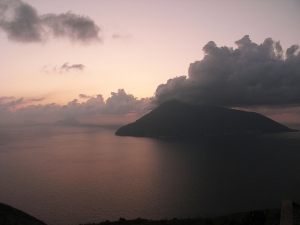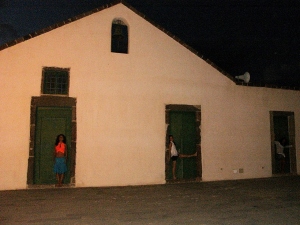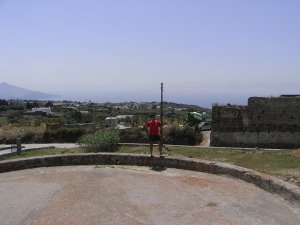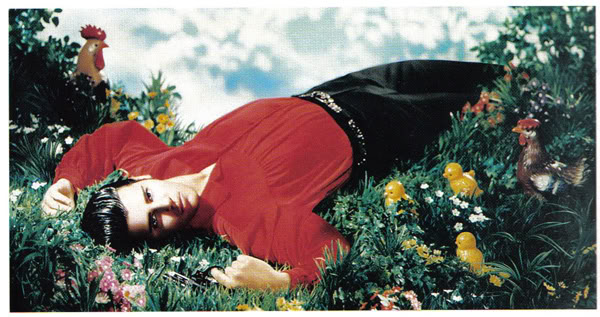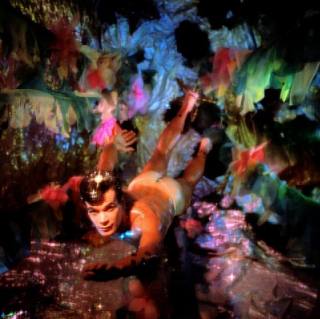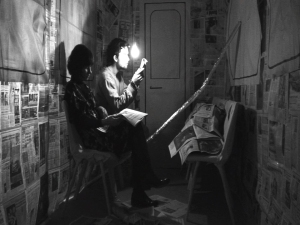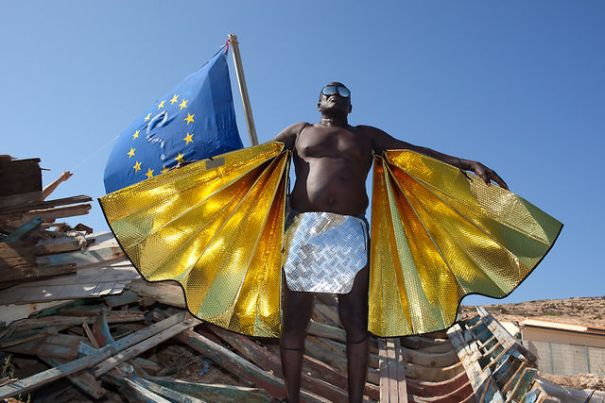IO TE E IL MARE is an experimental residency were artists are invited to collaborate together, attempting to form interactions with the local context… often failing along the way.
IO TE E IL MARE 2012 based a group of artists, filmmakers, actors, curators and hangers on in a traditional farmhouse on one of Sicily’s most beautiful volcanic islands, Lipari. We had two weeks, no contacts and definitely no funds to make a Turbo Movie – Alterazioni Video’s scavenged form of filmmaking where actors, music, costumes are all bargained for and produced in situ.
On Alterazioni Video’s suggestion, this Turbo Movie takes inspiration from Travolti da un insolito destino nell’azzurro mare d’agosto, or the less interestingly named Swept Away in English, by Lina Wertmüller. For those who haven’t come across the film, it has been described as, “one of the most misogynistic films ever to be made by a woman”. We were skeptical, we were. But lacking a better suggestion and too busy enjoying the local sweet wine Malvasia, we went along with it. This was to be a glorious collaboration with our group on the island and Alterazioni Video in New York holding daily skype chats, sending ideas and passing footage. Too much time in London and Milan, meant that even the rurally-reared amongst us neglected to consider the impossibly slow and sporadic internet connection that a small land mass in the Aeolian sea would have. This led to frustrations and accounts for the, perhaps confused, perhaps genius, pop-neo realistic aesthetic.
Inspired by Dolce & Gabbana and Jean Paul Gualtier advertising as well as the realer than real work of Pierre et Gilles, we set to work on making the film. In a parade of scooters we filmed wherever and whenever we could – the archaeological baths, the beach, marooned on rocks, on a local fishing boat, at the bar, in the shower.
Our savage, feisty fisherwoman hauls up in her net a dead sailor clinging to an inflatable dolphin. In love with the corpse, she performs a spiritual awakening in the cave where she dwells that prompts the sailor back to life – bursting the dolphin. Witnessed by a pair eyes glowing in the darkness, the fisherwoman runs to attack the intruder but finds herself confused and lost in the middle of a local procession. Trapped in her madness, she imagines an apparition of the sailor, covered in a glittering, golden sheen. Twirling and whirling in insanity she imagines that she marries this glitter marinero, the man of her dreams. Only on returning to the cave, the scene of their covetous interaction, does she realise that the sailor has disappeared, leaving nothing but the exploded dolphin in his wake.
